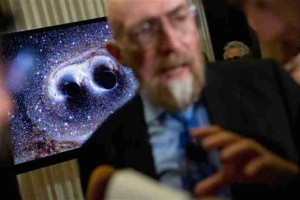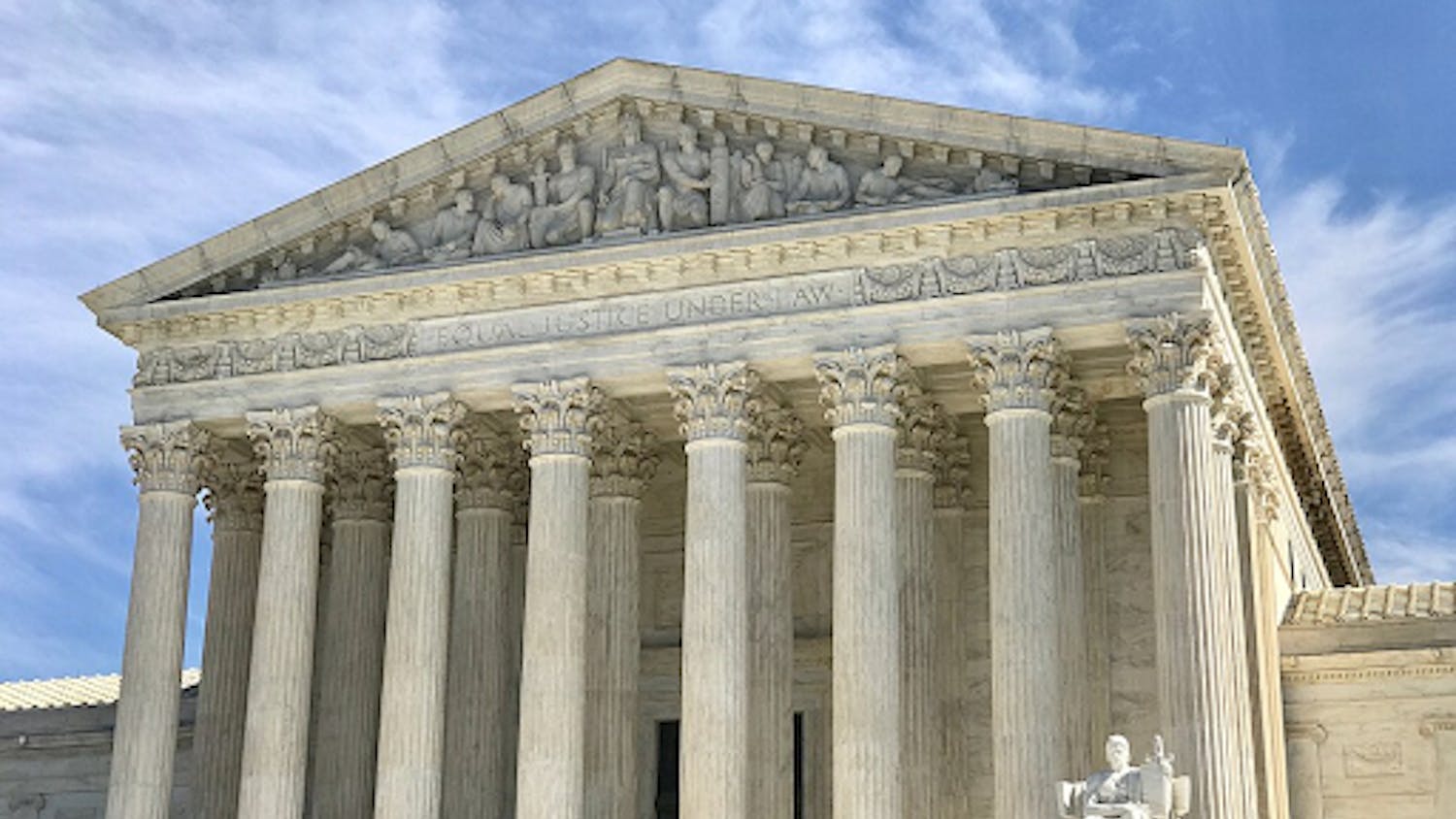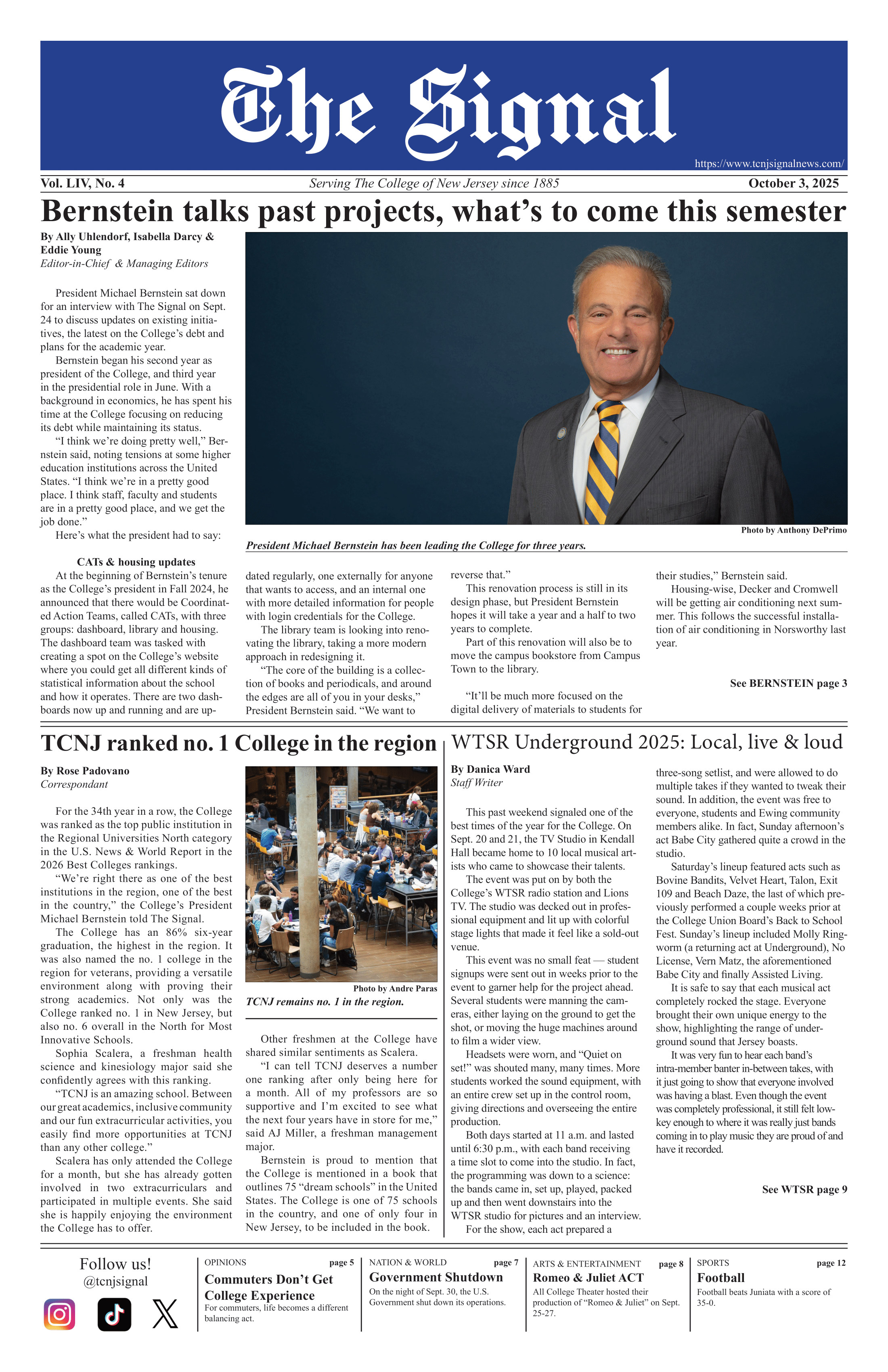By Jennifer Goetz
Nation & World Editor
Scientists confirmed on Thursday, Feb. 11, that they heard and recorded two black holes colliding together, according to the New York Times. Using tools such as lasers and mirrors, according to National Geographic, scientists have been able to “directly observe gravitational waves,” or “a wrinkle of time in the space time continuum.” This discovery supports the last aspect of Einstein’s theory of relativity, the New York Times reported.
The Laser Interferometer Gravitational-wave Observatory (LIGO) listened to two colliding black holes, one 36 times larger and the other 29 times greater than our sun’s mass, that are thought to be 1.3 billion light years away, according to the New York Times. These two “L-shaped antennas” (located in Washington and Louisiana) vibrated from the force of these gravitational waves and reached a pitch of a high C before suddenly stopping. The sound was nothing more than a “chirp” in space, the New York Times reported.

“We have detected gravitational waves,” David Reitze, executive director of the LIGO project, told journalists in Washington, D.C., at a news conference, according to BBC. “It’s the first time the universe has spoken to us in gravitational waves,” Reitze said according to National Geographic. Both of these antennas needed to vibrate at the same time in order to be considered a gravitational wave.
Einstein first predicted the presence of gravitational waves in 1916. They are only produced after extreme events, such as the collision of two black holes, National Geographic reported. They are violent enough to warp space and cause it to expand and contract. The New York Times reported that Einstein’s theory managed to change the way scientists view the universe — as something that can be morphed and changed when an event such as this occurs.
Black holes are, according to National Geographic, regions of “intensely curved bottomless spacetime.” They are so dense that the gravity they emit traps nearly everything in sight, including light. Alan Weinstein, a leader of LIGO at California Institute of Technology (Caltech), describes a black hole as a “kind of roiling mess of curved space, rapidly changing.”
These two black holes spiralled out of control until they eventually collided with each other, National Geographic reported.
The three scientists that have been leaders in the LIGO project are Kip Thorne of Caltech, Rainer Weiss of the Massachusetts Institute of Technology and Ronald Drever, formerly of Caltech and now retired in Scotland.
“We are not only going to be seeing the universe, we are going to be listening to it,” said Gabriela Gonzalez of Louisiana State University, a spokesperson of the LIGO Scientific Collaboration, according to National Geographic.
BBC reported that this research was published on Thursday, Feb. 11, in the Physical Review letter, a peer-reviewed, scientific journal with more than 1,000 authors. BBC also reported that this discovery could potentially win these scientists a Nobel prize.







